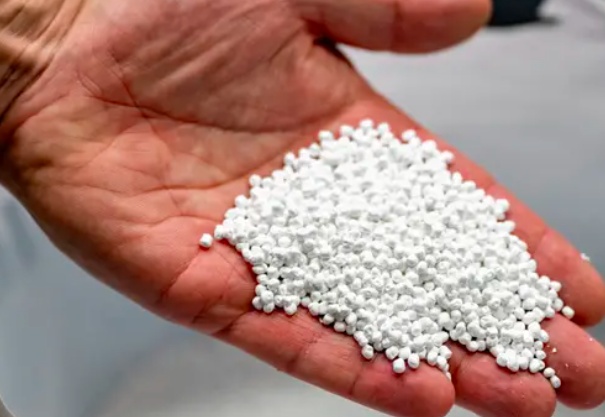U.S. R&D Develops New High-Strength Plastic, Can Be Infinitely Recycled Without Performance Loss
On August 12, Zhuansu Vision reported that as modern engineering demands on materials continue to increase, materials are required not only to maintain their shape but also to possess lightweight, high strength, high-temperature resistance, and excellent damage recovery performance. In industries such as aerospace, defense, and automotive, such materials mean safer vehicles, longer service life, and reduced environmental waste.
Researchers at Texas A&M University have made significant progress towards this goal. They have discovered a new property of a highly durable and recyclable plastic called aromatic thermosetting copolyester (ATSP). This plastic can not only self-heal and restore its shape but also maintain its strength during repeated use. This discovery could set new benchmarks for reliability and sustainability in high-performance manufacturing.
This project is supported by the U.S. Department of Defense and involves aerospace engineering and materials science experts from Texas A&M University and the University of Tulsa.

Built for harsh conditions
Aerospace engineering professor Mohammad Naraghi and Dr. Andreas Polycarpou from the University of Tulsa jointly led this research. They studied the performance of ATSP under extreme pressure, high temperatures, and repeated damage.
Naraji pointed out that aerospace materials must withstand high temperatures and impact without compromising safety. The bond exchange within ATSP allows it to "self-heal on demand" when damaged.
This material also shows potential in the automotive field. It can restore its shape after a collision, which not only enhances passenger safety but also reduces the need for replacing parts. Unlike traditional plastics, ATSP can be recycled repeatedly, making it highly attractive to industries that aim to reduce waste without compromising performance.
Naraji explained that enhanced ATSP does not experience any changes in its chemical properties or durability after being repeatedly crushed and reshaped. When combined with carbon fiber, ATSP’s strength is several times that of steel, while being lighter than aluminum. This combination of strength and lightness makes it the preferred material for high-performance applications with extremely strict weight requirements.
Testing durability and resilience
The research team used cyclic creep testing to observe how ATSP stores and releases strain energy during repeated stretching. They identified two key temperature points: the glass transition temperature, at which polymer chains move more freely, and the vitrification temperature, at which the activity of the bonds is sufficient to enable reshaping and repair.
In deep cyclic bending fatigue tests, the sample was heated to 160°C to trigger repair. ATSP underwent hundreds of stress-heating cycles, and even showed improved durability after repair. Naraghi compared this process to skin, which is able to stretch, heal, and return to its original state.
In more stringent tests, the material underwent five severe damage-heating cycles, with temperatures reaching up to 280°C. After two cycles, it almost completely recovered its original strength. By the fifth cycle, its efficiency dropped to about 80% due to mechanical fatigue, but its chemical stability remained unchanged. Imaging showed that the repaired composite material was very close to its original structure, with only slight wear due to manufacturing defects.
This research was funded by the Air Force Office of Scientific Research (AFOSR) and conducted in collaboration with ATSP Innovations. Naraji believes that these partnerships provided guidance for the project, helping to transform research curiosity into practical applications.
This research result indicates that in the future, high-performance plastics will not only withstand harsh conditions but also adapt and recover from damage, redefining people's expectations of strength, safety, and sustainability.
【Copyright and Disclaimer】The above information is collected and organized by PlastMatch. The copyright belongs to the original author. This article is reprinted for the purpose of providing more information, and it does not imply that PlastMatch endorses the views expressed in the article or guarantees its accuracy. If there are any errors in the source attribution or if your legitimate rights have been infringed, please contact us, and we will promptly correct or remove the content. If other media, websites, or individuals use the aforementioned content, they must clearly indicate the original source and origin of the work and assume legal responsibility on their own.
Most Popular
-

EVA Morning Prices on September 12: Most of the Market Holds Steady, Highest Rise of 50 Yuan
-

[PET Weekly Outlook] Polyester Bottle Chips Expected to Oscillate and Warm Up with Costs Today
-

List Released! Mexico Announces 50% Tariff On 1,371 China Product Categories
-

EU Changes ELV Regulation Again: Recycled Plastic Content Dispute and Exclusion of Bio-Based Plastics
-

Case Study | Clariant AddWorks™ Additives Solve Plastic Yellowing Problem






